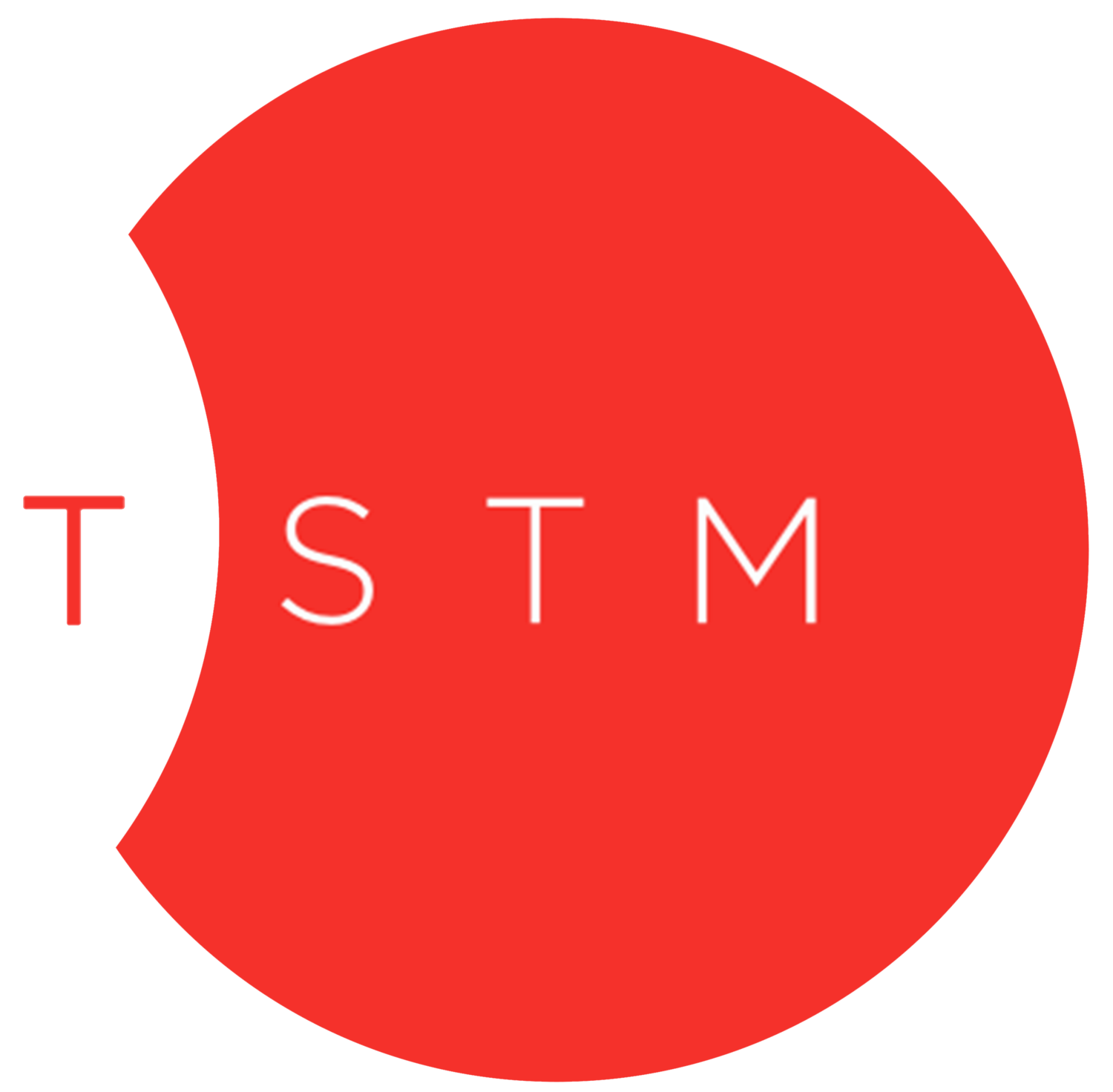Team Sustains last strength training block was more of an accumulation phase with some solid volume in the wave loading sets. As the weeks unfolded we gradually lowered the volume and increase the intensity (load). This was in preparation for the maximal and repeatable strength sets in this new block, say hello to Cluster Training.
Team Sustain Strength
The Cluster training method is probably one of the best methods to build strength without putting on too much size. This method of training was popularised by Carl Miller in The Sport of Olympic-Style Weightlifting, Training for Connoisseur.










